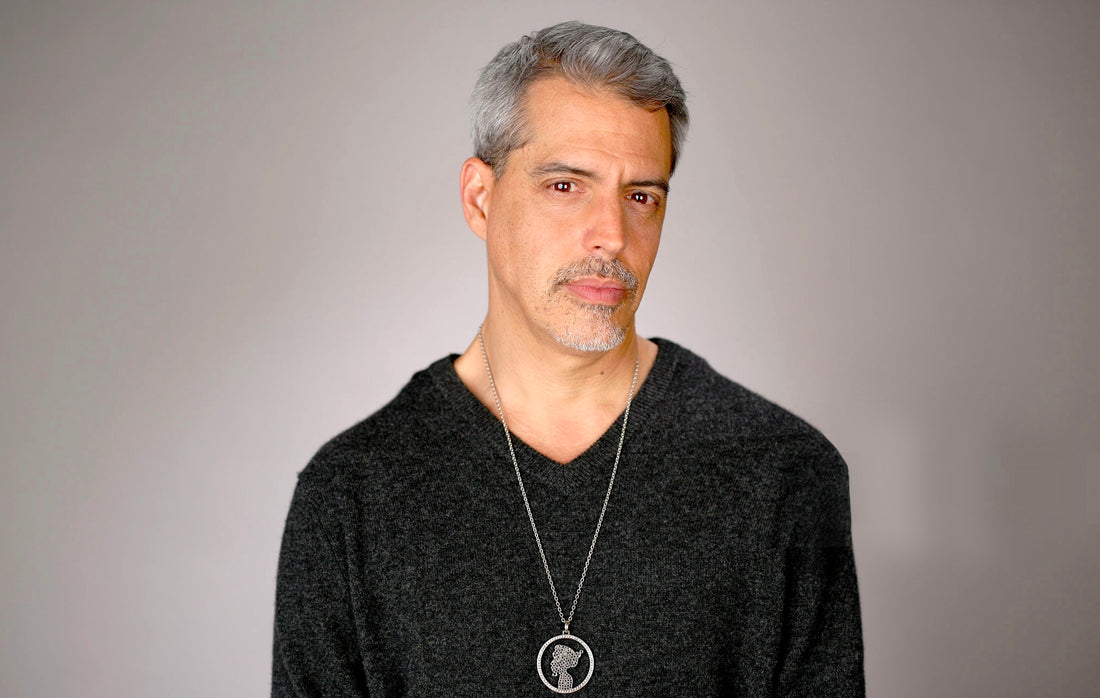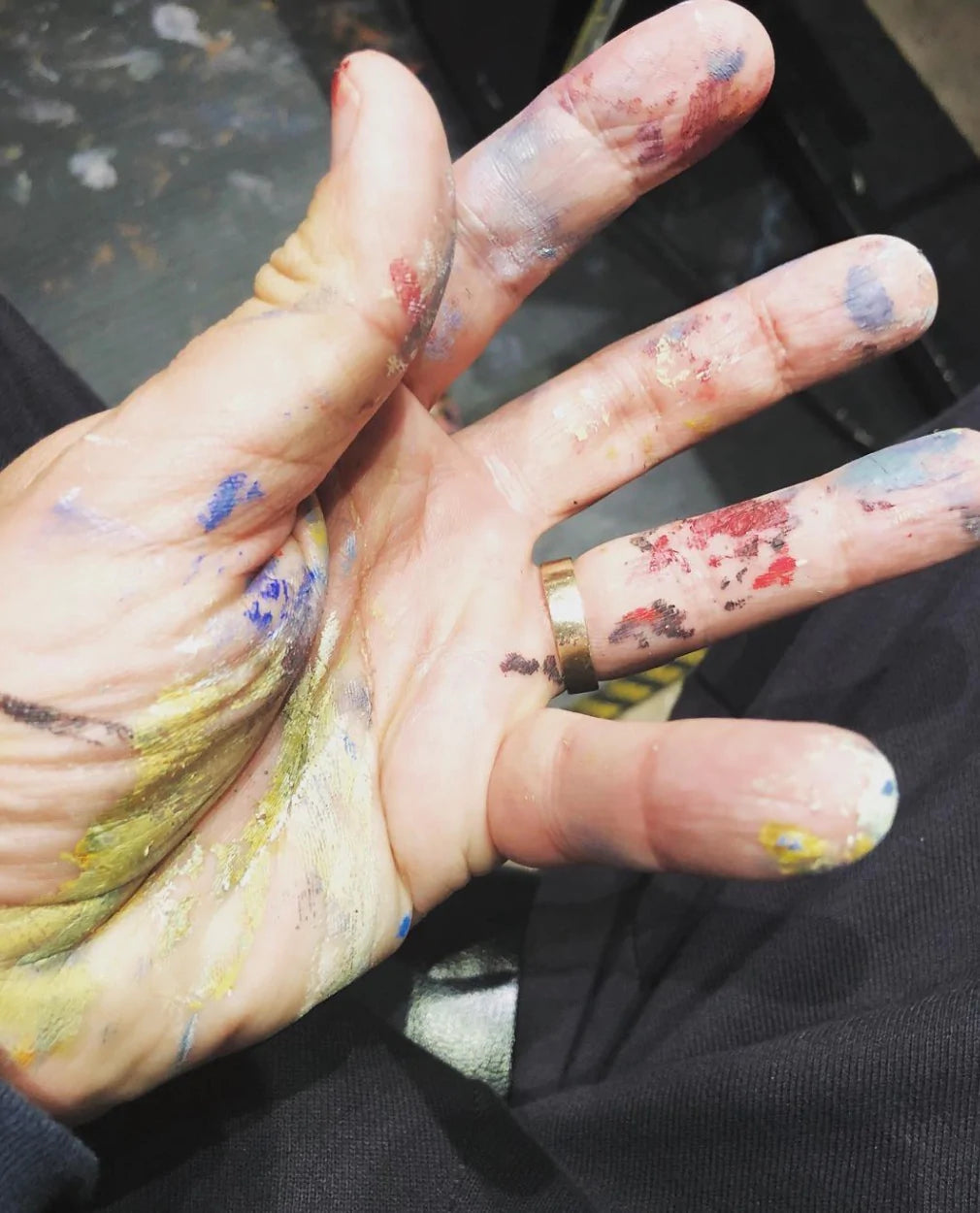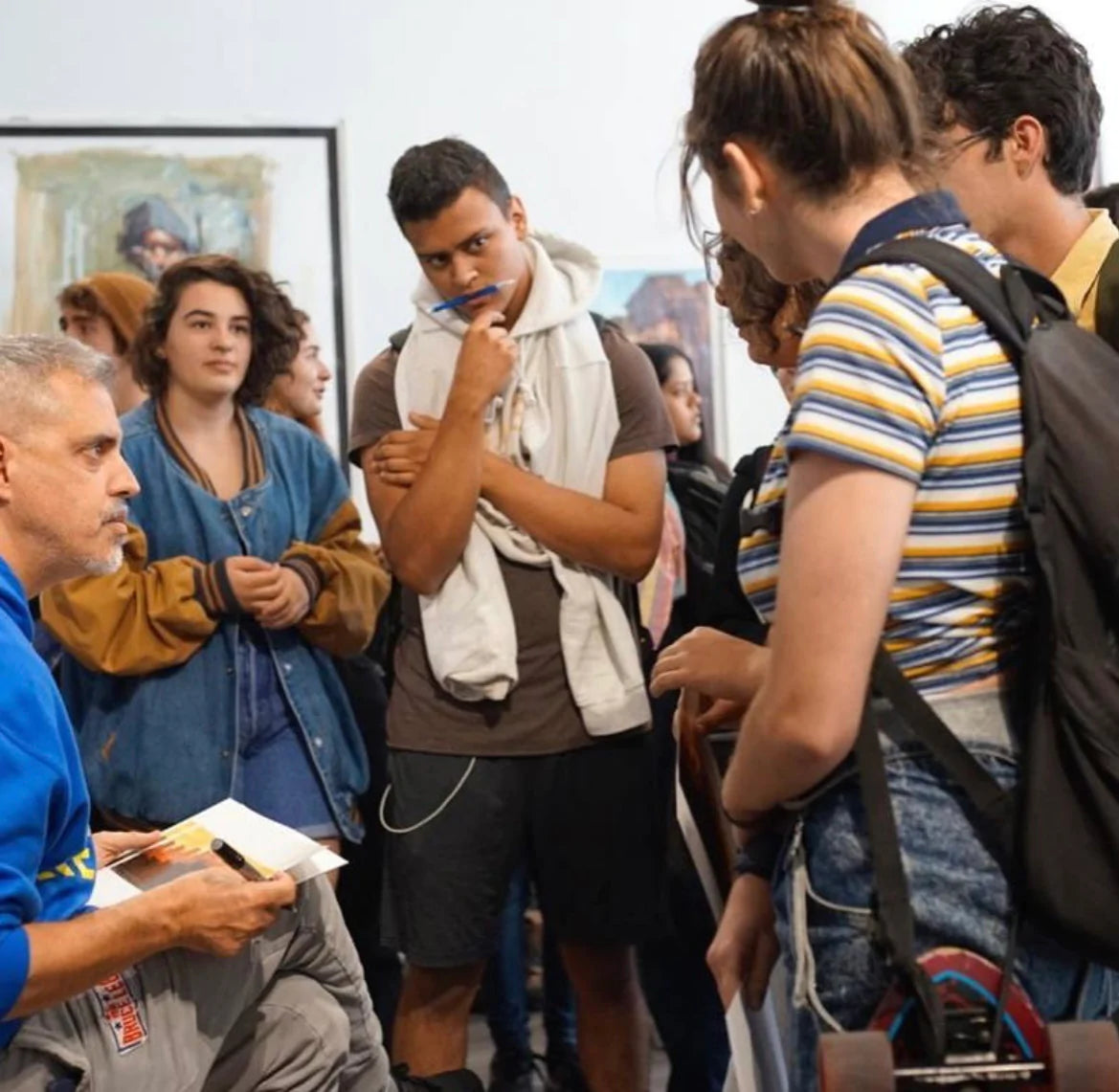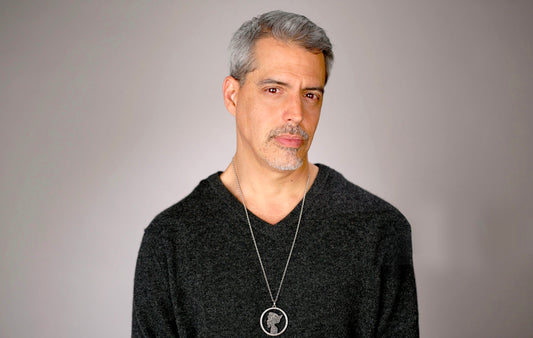

World renowned urban artist, Justin BUA shares his personal insight on the some top aspects to pursuing a profession with your art.

1.DISCIPLINE
Be disciplined about your commitment to learn. Practice painting and drawing from life. Nothing quite beats using your eyes in a real setting to discern spatial differences, value and color. It’s imperative to train your eyes to see in a 3 dimensional space rather than in a 2 dimensional one. This is a simple and fun task so just start to be disciplined about drawing from life even if you don’t have a model. Use your own face or hand to draw from as it will actually change the way you see. Think about how disciplined working out and healthy eating pays off… it’s the same exact thing with drawing. You’ll literally see the difference.

2.LIVE OUT YOUR ART
Get out into the world and meet with people who love art. People usually love art, but there are people who LIVE art and there’s a lot of them out there. I work alone in the studio—especially when getting ready for shows—for weeks on end. It can get lonely. You can live in a bubble… but, to me, it can be limiting. I know most contemporary fine artists say they live in a bubble and paint in a vacuum but I’m here to tell you that that’s bullshit. (We are social beings. Even if you’re an introvert you intuitively know that your personal experiences define your unique vision of the world). By the time my show comes, I’m dying for social interactions. These shows are so important because they get me chatting with people about my art.

3.COMPETE ONLY WITH YOURSELF
Avoid competitions, contests and measuring yourself by how many shows you've gotten into, awards you've won or likes you have. Talk to close friends and family that you trust. Seek validation internally. You will never please everyone. At the same time, don’t get delusional about being truthful about your work. Stay grounded. Stay real and keep humbled. Remember there have been many great master artists that have walked this earth. In the context of art history, it’s not that you ain’t all that, it's only then that’s you will become ALL THAT the more you realize “ALL THATS” there are!

4.COMPOSITION
The S & C Curve is a traditional art concept in Ancient Greek sculpture and Roman sculpture where the figure's body and posture is depicted like a sinuous or serpentine "S". It is related to and is an extension of the art term of "contrapposto" which is when a figure is depicted slouching or placing one's weight and thus center of gravity to one side, based upon life, energy and flow. When you look at a beautiful S-curve it mimics water flowing down a stream or our blood running through our veins. If you think about it deeply everything is designed upon an S or a C curve— It’s absolutely about vitality and flow…the fact is that energy is so important that in the end there is only S- curves & C-curves. Realize that this is one of the deepest understandings of theoretical composition. And composition is the most sophisticated and important parts of art. Period.
Bass player: s curve, c curves, composition
5.PERSPECTIVE
Understanding a basic concept of perspective will change your life. Perspective is when all lines parallel with the viewer's line of sight recede to the horizon towards this vanishing point. Also known as the “VP”. This is the standard "receding railroad tracks" phenomenon. A two-point drawing would have lines parallel to two different angels. Any number of vanishing points are possible in a drawing, one for each set of parallel lines that are at an angle relative to the plane of the drawing. I like to play with perspective in crazy ways to add drama and story to my works. As an artist you are a director - leading your viewer to see things bigger and more distorted than you could ever imagine. Perspective is a wonderful tool to exaggerate reality, but it’s also a necessary tool for fundamentals. Are we looking above a viewer? Below a viewer? Why have we chosen that perspective?
My DJ is a great example of 2point & 3point perspective.

